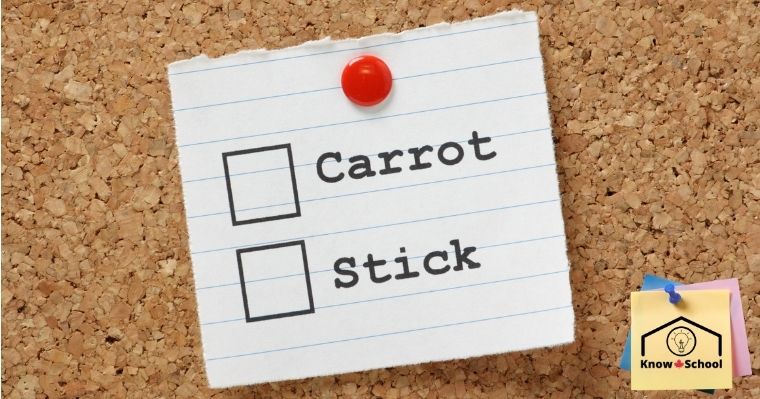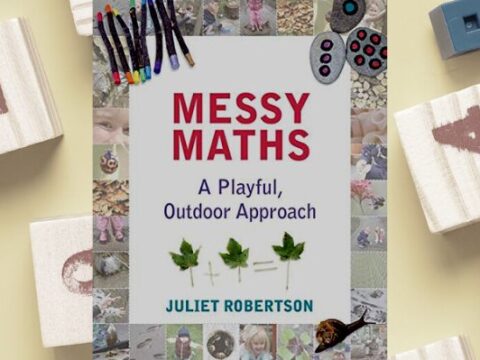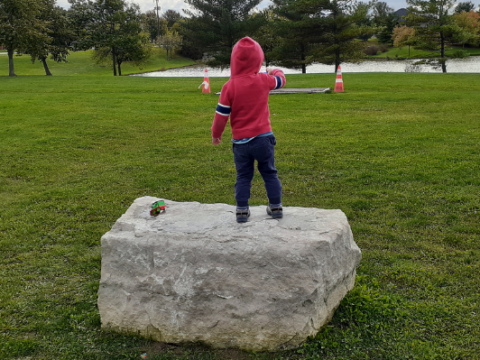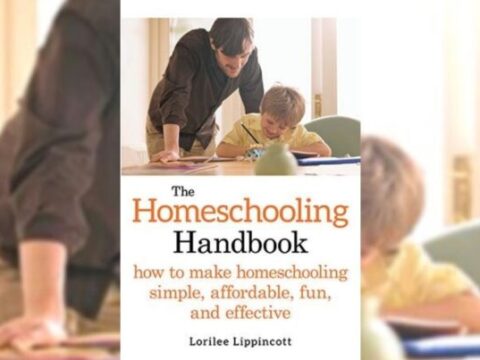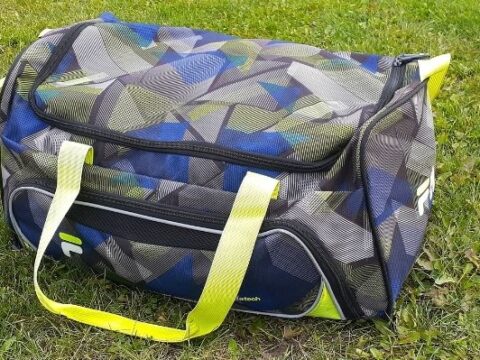In his book Influence: The Psychology of Persuasion, Robert B. Cialdini tells a few stories that show how important motivation is. He writes, “All this has important implications for rearing children. It suggests that we should never heavily bribe or threaten our children to do the things we want them truly to believe in.”
As a teacher, I know that you need to get kids to buy into what they are learning at school. I do my best to show why we are learning a particular subject and why this lesson is important. I call it ‘teaching to a sense of purpose.’ This is something we can even do in our homeschools.
Cialdini advocates for a subtle approach. He writes, “A reason must be given that is just strong enough to get her to be truthful most of the time but is not so strong that she sees it as the obvious reason for her truthfulness. It’s a tricky business, because exactly what this barely sufficient reason will be changes from child to child.”
Of course, this book isn’t about educating children or about truthfulness. It’s about all of the ways we are often persuaded into doing things, buying products, and acting in certain ways. Having this knowledge can only make us better parents and educators.
One of the strongest ways to get someone to act in a favourable way is to get them to commit to it somehow. By getting students to buy in to what you do in your classroom, you can have an orderly classroom without the need for threats or bribes.
Cialdini explains, “There is yet another attraction in commitments that lead to inner change—they grow their own legs. There is no need for the compliance professional to undertake a costly and continuing effort to reinforce the change; the pressure for consistency will take care of all that.”
The author tells a very interesting story about his son learning to swim. It wasn’t the adults that ultimately helped him understand what to do, but instead another child.
“I could have kicked myself. Of course, it would be to little Tommy, not to a six-foot-two-inch graduate student, that Chris would look for the most relevant information about what he could or should do. Had I been more thoughtful about solving Chris’s swimming problem, I could have employed Tommy’s good example earlier and, perhaps, have saved myself a couple of frustrating months.”
This was an interesting read that I’ve wrote about on my other website earlier this year.
If you weren’t aware, I take lots of notes when I read. I collect those passages all in one place. My commonplace book is getting rather large these days. I have a few more notes about this book that didn’t fit in either of these posts. But I really wanted to follow up the last one with a more educational approach. Teachers, parents, and home educators can get inspired by reading business books and ones from other disciplines too. Sometimes, they are more helpful than strictly pedagogical ones too.

